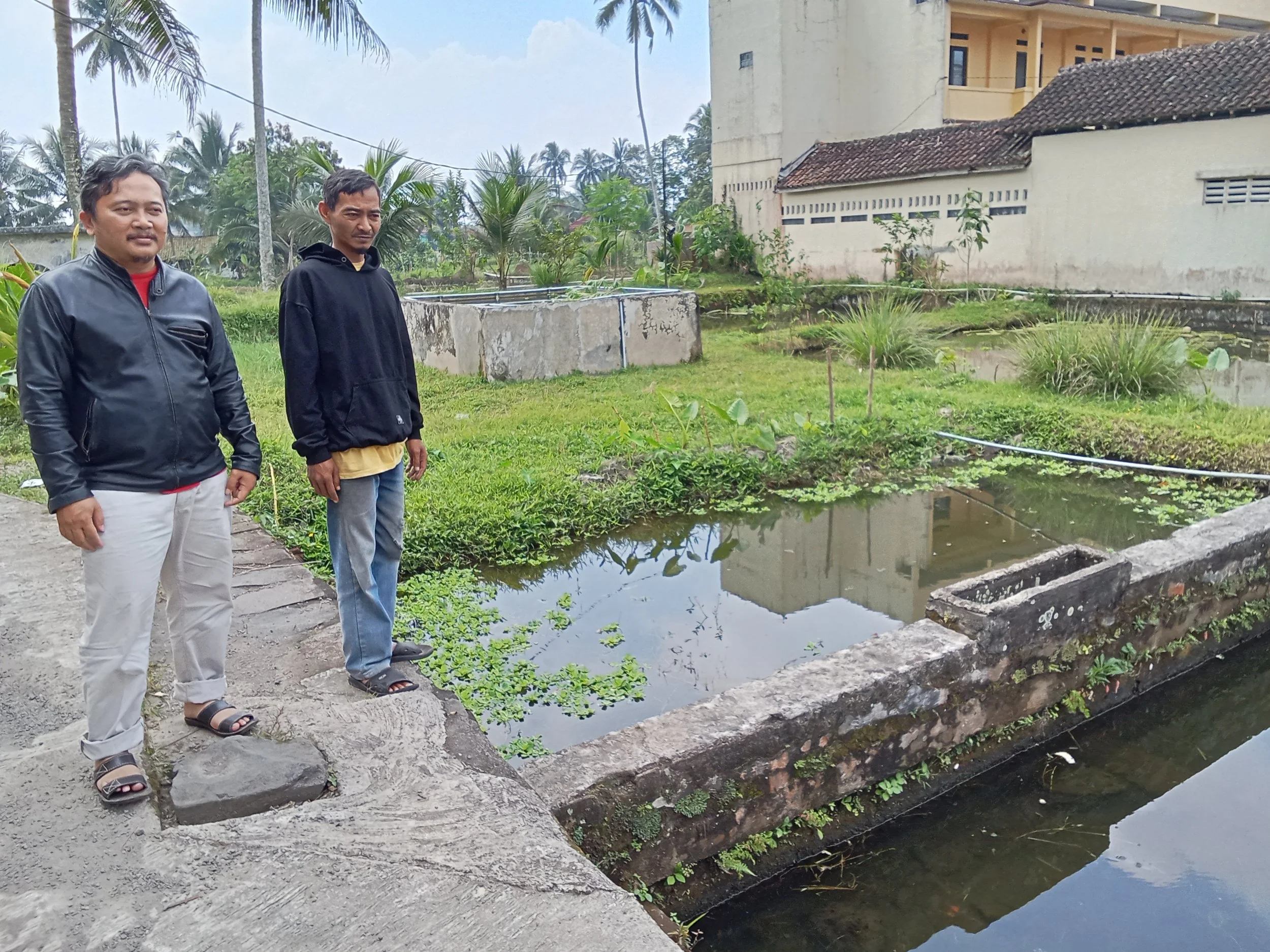How to develop the potential of fish ponds
Developing the potential of fish ponds requires a combination of proper planning, management, and sustainable practices. Here are key steps to maximize fish pond productivity:
1. Site Selection and Pond Design
Choose a location with good water supply, proper soil type (clay or loam), and adequate drainage.
Design the pond with appropriate size and depth to ensure optimal water quality and fish growth.
Include features like inlet and outlet structures for water control and aeration systems if necessary.
Potensi Kolam
2. Water Quality Management
Regularly monitor water parameters such as temperature, pH, dissolved oxygen, and ammonia levels.
Maintain good water quality through aeration, periodic water exchange, and minimizing organic waste buildup.
Prevent pollution by managing runoff and avoiding the use of harmful chemicals nearby.
3. Stocking and Species Selection
Select fish species suitable for the local environment and market demand (e.g., tilapia, catfish, carp).
Use high-quality fingerlings and stock at suitable densities to avoid overcrowding.
Consider polyculture systems to maximize pond efficiency.
4. Nutrition and Feeding
Provide a balanced diet tailored to the fish species and their growth stages.
Use commercial feeds or locally available feed ingredients while avoiding overfeeding to reduce waste.
Schedule feeding times consistently and monitor fish behavior for feeding response.
5. Health Management
Prevent diseases through quarantine of new stock, proper pond hygiene, and regular health checks.
Use vaccines or treatments as recommended by aquaculture specialists.
Implement biosecurity measures to minimize disease introduction and spread.
6. Harvesting and Profit Optimization
Harvest fish at the appropriate size and intervals to maintain pond productivity.
Use techniques like partial harvesting to ensure continuous production.
Implement marketing strategies to get the best returns, such as direct sales or contracting with buyers.
7. Record Keeping and Continuous Improvement
Maintain detailed records of water quality, feeding, growth rates, mortality, and costs.
Analyze data to identify areas for improvement.
Stay updated on new aquaculture technologies and best practices.
By following these guidelines, fish pond operators can significantly enhance the productivity and sustainability of their aquaculture ventures.





